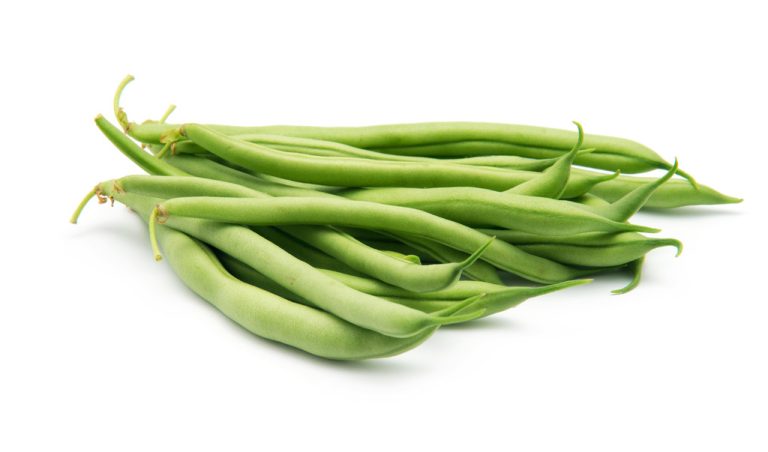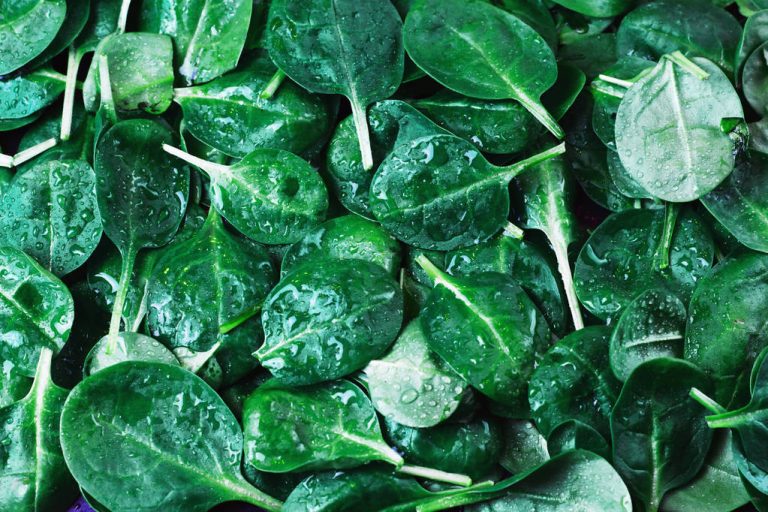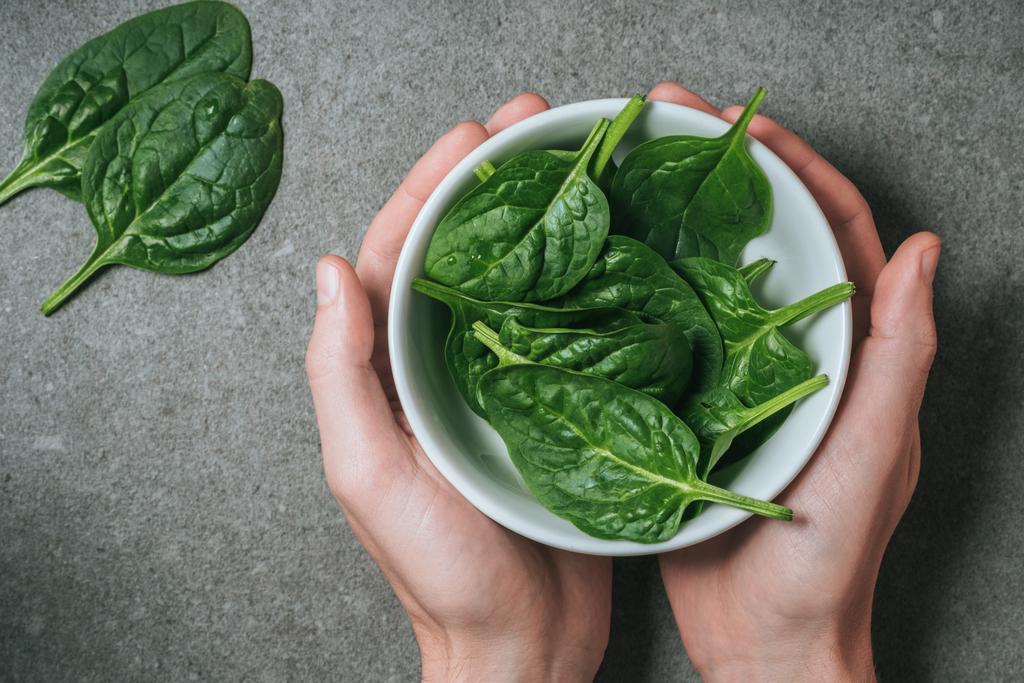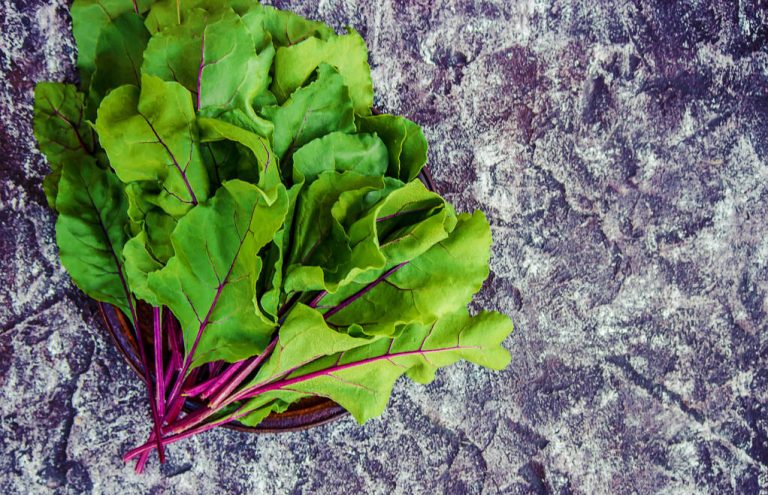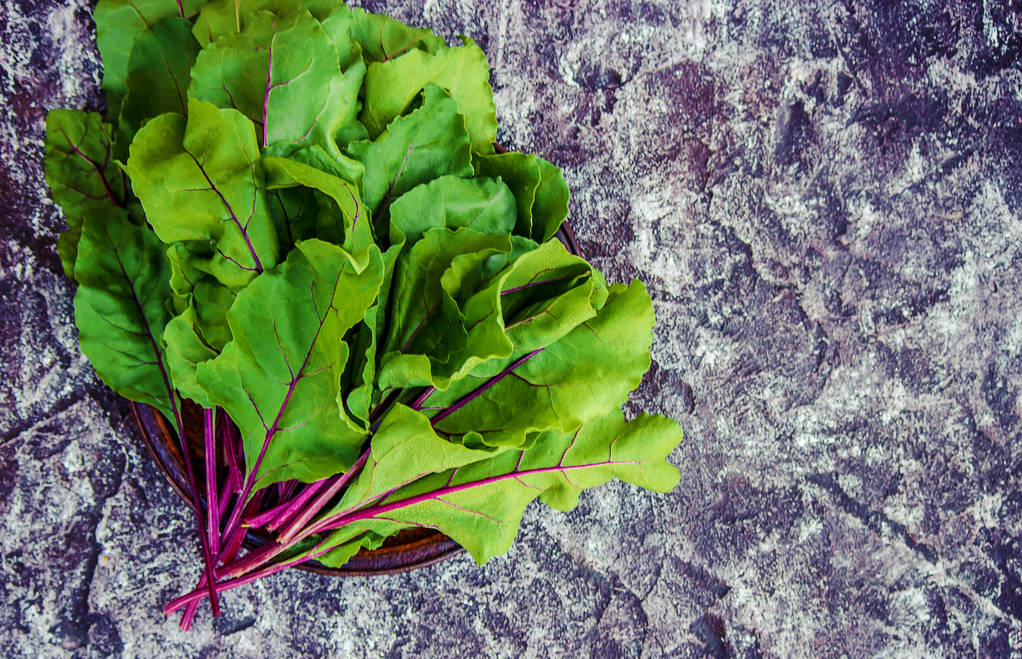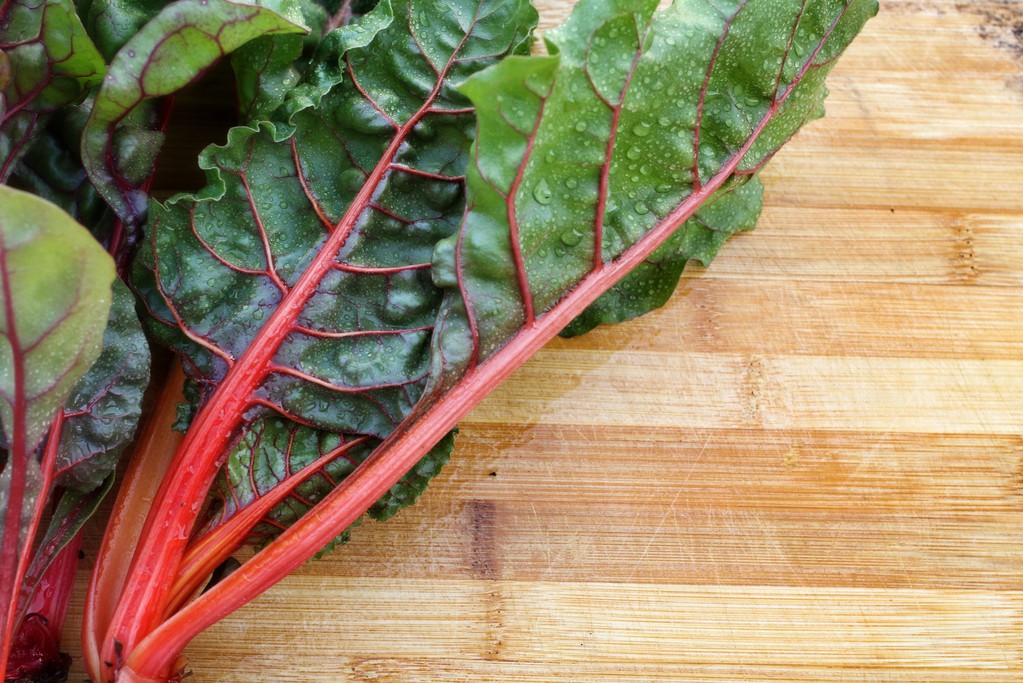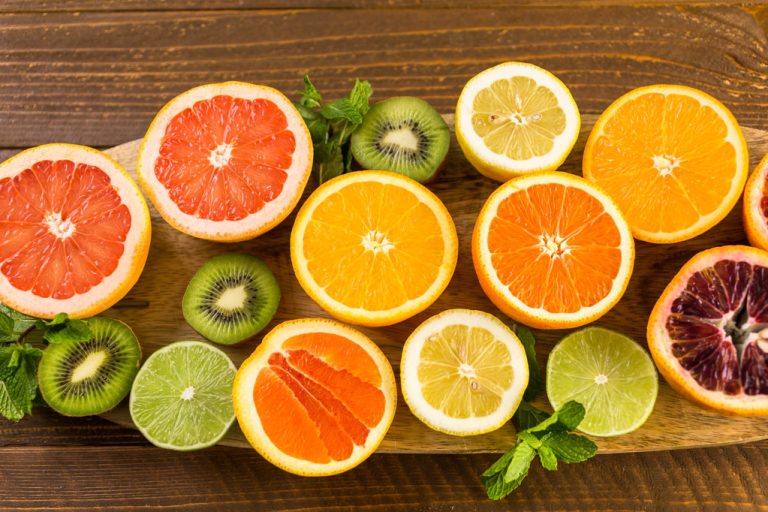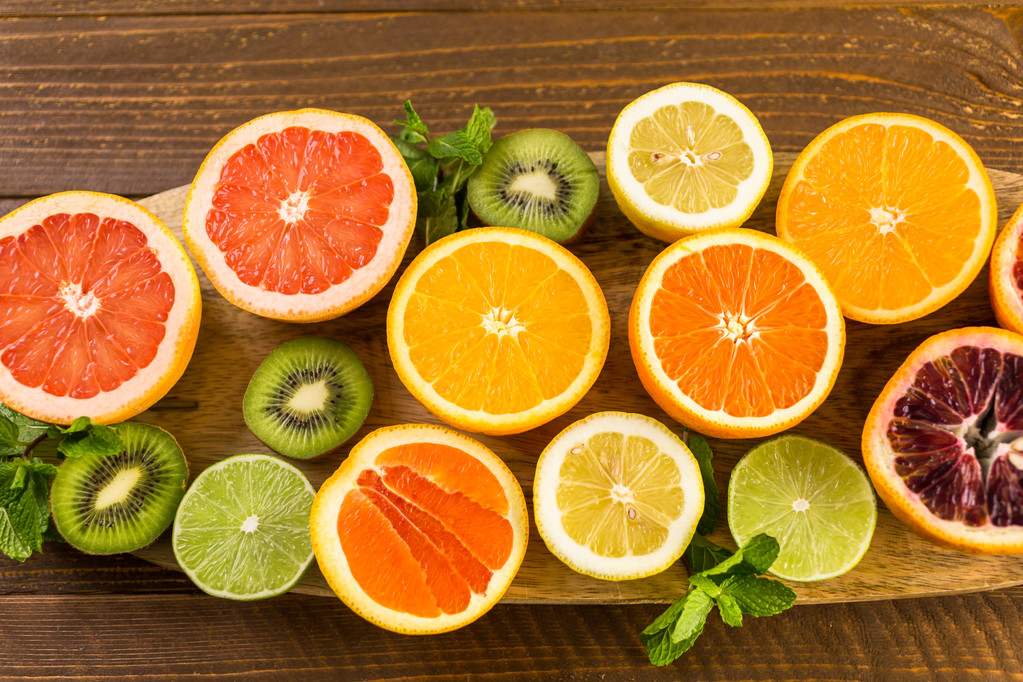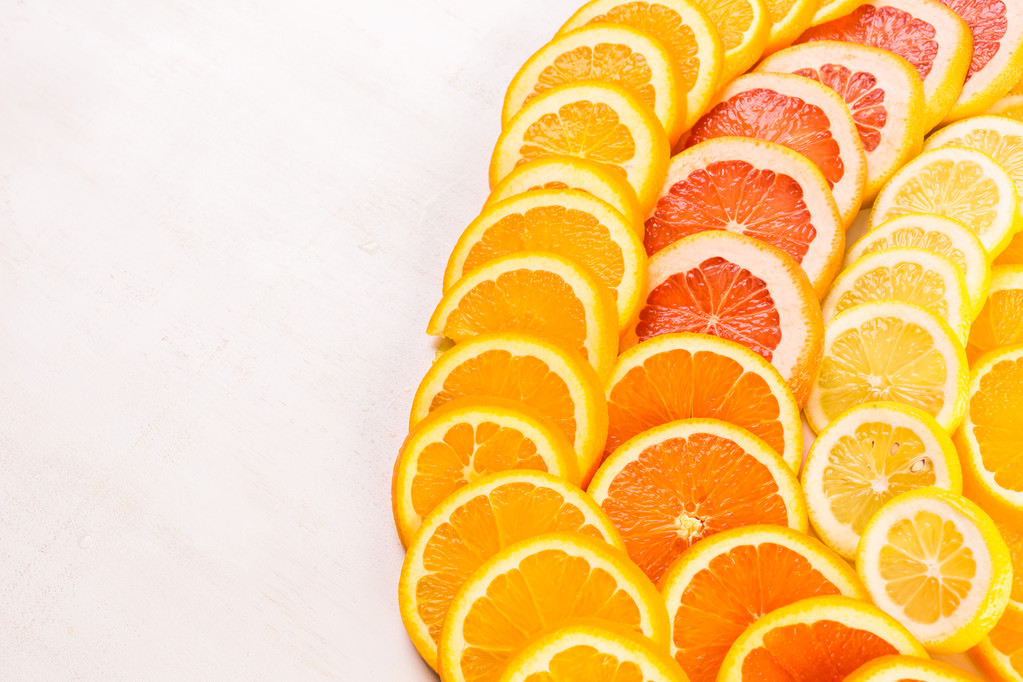We all know the saying “An apple a day keeps the doctor away”. But does that also apply to the superfood avocado? What happens if you eat them every day?
The avocado is considered a real superfood. But what exactly is the pear-shaped fruit all about? And is she really that healthy? The avocado originally comes from Mexico. It now also grows in subtropical areas such as southern Spain or Israel. Depending on the variety, the fruits of the avocado tree can weigh up to a kilogram and can take on different shades of green.
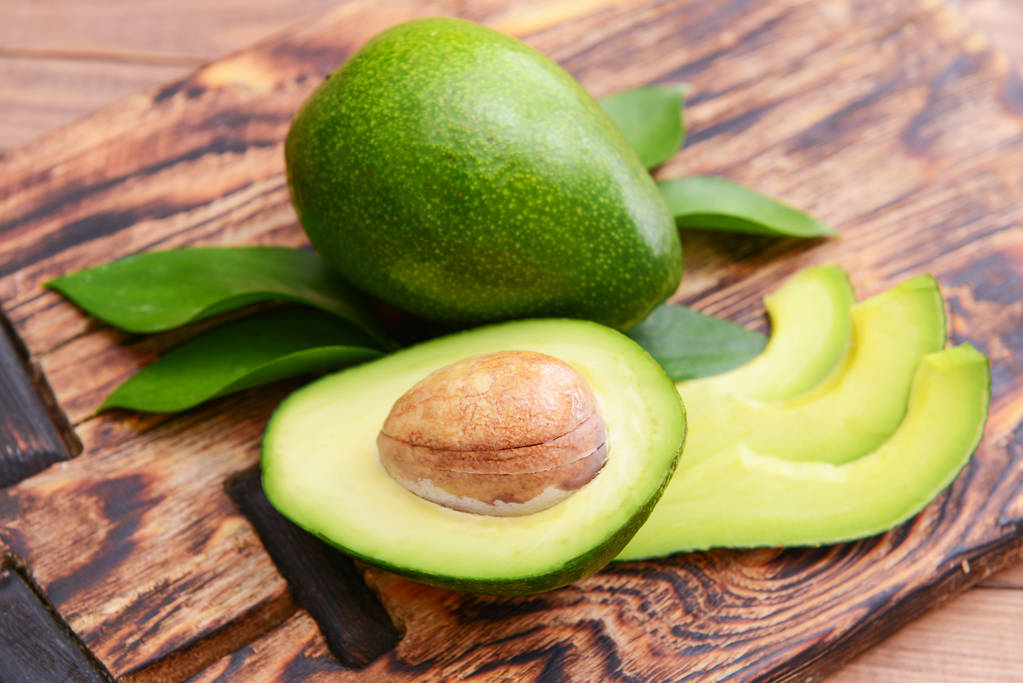
Avocado: Why is the superfood so healthy?
In contrast to most fruits, the avocado contains hardly any sugar, but a lot of fiber. In addition, the consumption of avocados provides important minerals, including iron, calcium and phosphate. Especially in the vegan diet, the high-fat fruit is used in many recipes due to its numerous nutrients. The avocado is actually a true superfood. The green fruit is especially good for:
The cholesterol level
The cardiovascular system
The care of our skin
According to studies, an avocado a day lowers the so-called “bad cholesterol” (LDL cholesterol), since our body mainly needs unsaturated fatty acids for metabolism. The fatty acids in the avocado are responsible for promoting the “good” HDL cholesterol. This in turn ensures that the LDL cholesterol is removed from the arteries.
In addition, the daily consumption of avocados also makes you happy: it supports the formation of the happiness hormone serotonin.
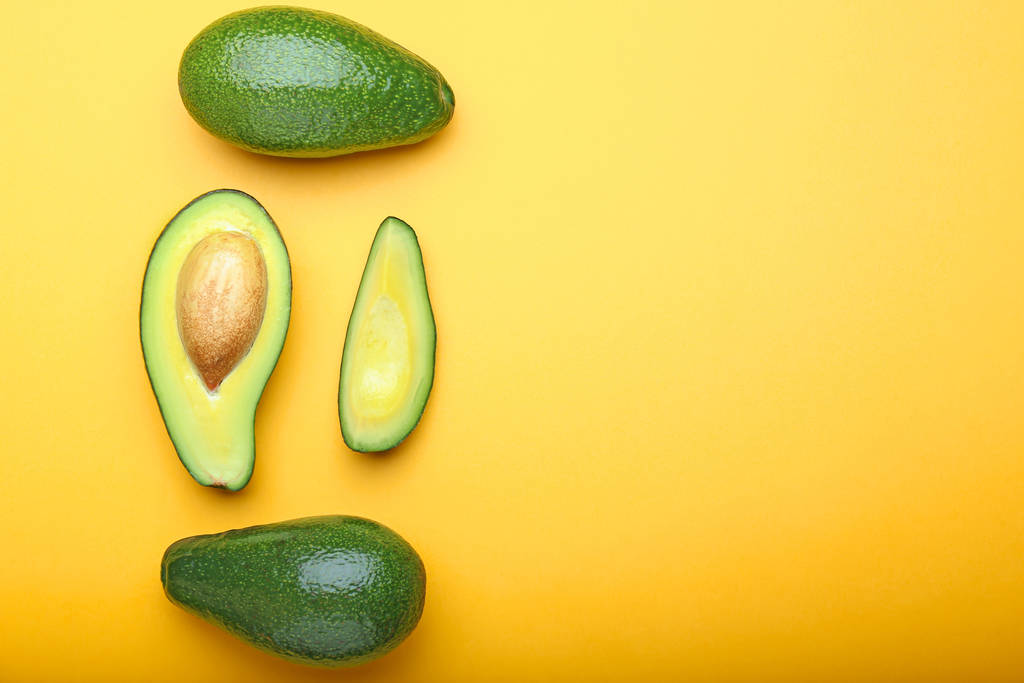
It’s so easy to integrate the avocado into your diet
Most people know avocados in the form of guacamole, the popular Mexican dip often eaten with chips. On the other hand, if you want to include an avocado in your daily diet, you can eat the valuable fruit pure or prepare it with other healthy foods. Very tasty: sliced avocado with a squeeze of lemon and a pinch of salt. Since the avocado is very creamy due to its high fat content, it is ideal as a butter substitute, in dressings or in smoothies.
For further use, simply cut the avocado in half, deseed and scrape out with a spoon. The crushed pulp can also be enjoyed wonderfully on a rice waffle or as a vitamin-rich bread topping.
Conclusion: The avocado is clearly one of the fattest fruits. Depending on the variety, their flesh contains 15 to 25 percent fat. But this fat consists mostly of unsaturated fatty acids. For this reason, the avocado is an extremely healthy food, despite the many calories (compared to other types of fruit).












